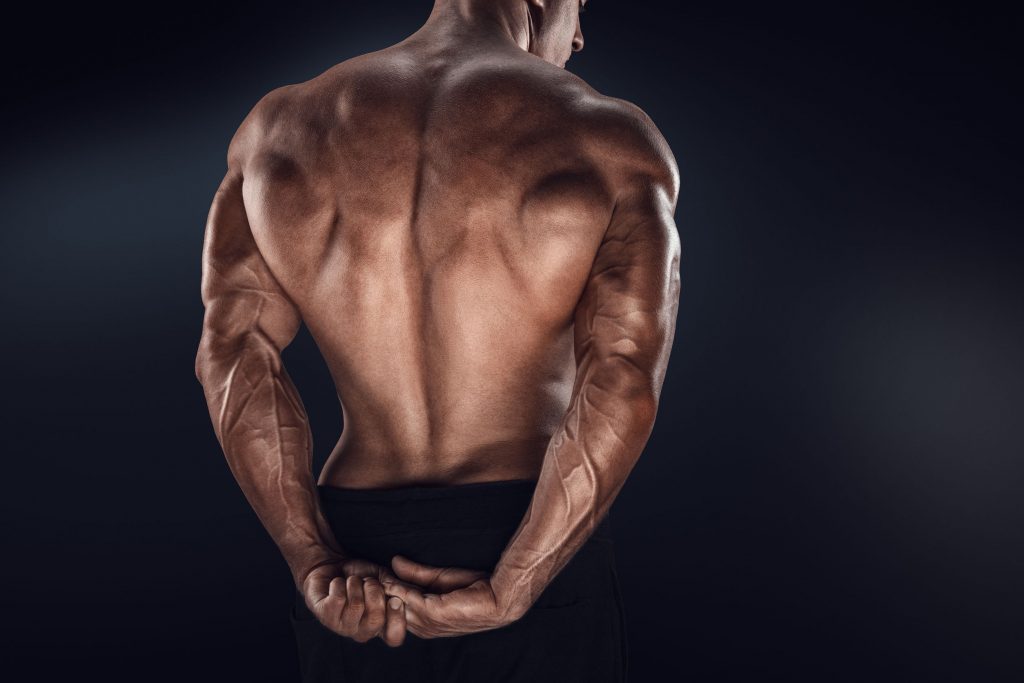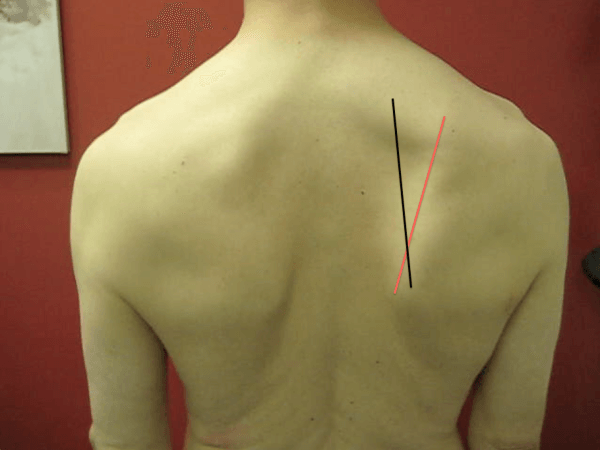Hey there.
If you’re a human being reading this blog post it’s a safe bet you 1) have impeccable taste with regards to the strength coaches you choose to follow 2) have a pair of shoulders and 3) are likely interested in keeping them healthy and thus performing at a high level in the weight room.
NOTE: If you happened to have come across this blog post by Googling the terms “world’s best tickle fighter” or “The Notebook spoilers”….welcome!
I’m a little biased given my years of experience working with overhead athletes and meatheads alike, but I’d garner a guess that nothing is more annoying or derails progress more than a pissed off shoulder…or shoulders.
My friends Dan Pope and Dave Tilley of Champion Physical Therapy & Performance just released a stellar resource, Peak Shoulder Performance, that’s perfect for any coach or personal trainer looking to help their clients/athletes nip their shoulder woes in the bud. AND it’s on sale for this week only at $100 off the regular price.

The Rotator Cuff and Boy Bands
Guess what most people think is the cause of their shoulder woes?
The rotator cuff.
Guess what’s likely not the cause of their shoulder woes?
The rotator cuff.
It’s lost on a lot of people that the “shoulder” isn’t just the rotator cuff.
I mean, N’Sync back in the wasn’t just Justin Timberlake, right?
JC, Lance, Chris, and Joey (<— didn’t have to look up all their names) deserve our respect and admiration too. They all played key role(s) as individual entertainers to make the group more cohesive, successful, and relevant.
The phrase “the whole is greater than the sum of its parts” has never rang more true than right here and right now, reminiscing on long past their prime 90’s boy bands.
[Except, you know, we all know Justin was/is the only one with talent. He can sing, he can dance, he can act, he’s got comedic timing. He’s a delight.]
The rotator cuff is Justin Timberlake.
It gets all the credit and accolades and attention with regards to shoulder health and function. However, the shoulder consists of four articulations that comprise the entire shoulder girdle:
- Glenohumeral Joint (rotator cuff) – Justin
- Acromioclavicular Joint – JC
- Sternoclavicular Joint – Lance
- Scapulothoracic Joint – Joey and Chris
I’d make the case, and this is an arbitrary number I’m tossing out here (so don’t quote me on Twitter), that 80% of the shoulder issues most people encounter can be pin pointed to the Scapulothoracic area (shoulder blades) and what it is or isn’t doing.
The shoulder blades, since you have two of them, are Joey and Chris.
Think about it:
- Justin, JC, and Lance were generally considered the heartthrobs of the group and were always taking center stage, in the forefront, and amassing Tiger Beat covers.
- Conversely, who was in the shadows, taking a back seat, presumably doing all the heavy labor, regional Mall appearances, and B-list talk shows the other guys didn’t want to do?
That’s right…..Joey Fatone and motherfucking Chris Fitzpatrick, son!
Lets Give the Scaps Some Love
All of this isn’t to insinuate the rotator cuff alone is never the culprit or that pain in that area should be shrugged off, ignored, and not addressed directly.
However, when lumping shoulder pain and the rotator cuff into the same sentence we’re often referring to something called “shoulder impingement.”
Shoulder impingement is a thing – loosely defined: it’s compression of the rotator cuff (usually the supraspinatus) by the undersurface of the acromion – and it is a nuisance.
There’s even varying types of shoulder impingement – Internal vs. External Impingement. Moreover, just saying “shoulder impingement” doesn’t say anything as to it’s root cause.
Many factors come into play:
- Exercise Technique
- Poor Programming
- Lack of T-Spine Mobility
- Fatigue (rotator cuff fatigue = superior migration of humeral head)
- Faulty Breathing Patterns
- Wearing White Past Labor Day
- And Scapular Dyskinesis…to name a few
Just saying someone has “shoulder impingement” and telling him or her to perform band external rotation drills (oftentimes poorly) till they’re blue in the face doesn’t solve WHY it may be happening in the first place.
Often, the rotator cuff hurts or isn’t functioning optimally because something nefarious is happening elsewhere.
And on that note I’d like to point your attention to the shoulder blades.
Release, Access, Train
I have a lot of people/athletes stop by CORE because their shoulder(s) don’t feel great. Many have gone to several physical therapists prior to seeing me frustrated they’re not seeing progress, and if they are it’s often fleeting.
Full Disclosure: I know my scope and am never diagnosing anyone or anything.
- Actually, Things I Can Diagnose = poor deadlift technique, poor movement in general, and epic poops vs. average poops (#dadlife).
- Things I Can’t Diagnose = MRIs, musculoskeletal injuries/limitations, gonorrhea.
I find it amazing, though, whenever I do work with someone with shoulder pain, how much of a rare occurrence it is anyone ever took the time to assess scapular function.
If the scapulae are in a bad position to begin with (maybe in excessive anterior tilt or downwardly rotated) and/or are unable to move in all their glory (upward/downward rotation, anterior/posterior tilt, adduction/abduction, elevation/depression), or altogether move poorly…is it any wonder then, why, possibly, maybe, the rotator cuff is pissed off?

Photo Credit: EricCressey.com
While not an exhaustive list or explanation – everyone’s their own unique special snowflake – the following approach covers most people’s bases:
Release
Scapular position is at the mercy of the thorax and T-Spine.
- Those in a more kyphotic posture – think: computer guy – will tend to be (not always) more anteriorly tilted and abducted.
- Those in a more extended posture – think: athletes/meatheads – will tend to be (not always) more downwardly rotated and adducted.
In both cases the congruency of the shoulder blade(s) and thorax is compromised often resulting in an ouchie.
“Releasing” the area is often beneficial:
Access
Now that the area is released we can then gain “access” to improved scapular movement by nudging the ribcage/thorax to move via some dedicated positional breathing drills.
Think of it this way: if the ribs/thorax are unable to move because they’re glued in place, how the heck are the scapulae going to move?1
A few of my favorites include:
NOTE: Which one you use will depend on an individual’s presentation. A good rule of thumb to follow would be for those in a more extended posture to include breathing drills that place them in flexion and vice versa. There are always exceptions to the rule, but for the sake of brevity it’s a decent rule to follow.
All 4s Belly Breathing
The Bear
Supine 90/90 Belly Breathing
Prone Sphinx
NOTE: I didn’t discuss it in this video but I’d also encourage people to include a full inhale/exhale with each “reach” or repetition on this exercise.
Train (and Go Lift Heavy Things)
Now that we’ve released and gained access to the area, we need to train. Specifically, almost always, we need to improve one’s ability to move their arms overhead (shoulder flexion) without any major compensations.
In order to do so, the scapulae need to do three things:
- Posterior tilt
- Upward rotation (which, as a whole, describes the end goal)
- Protract
All three entail utilizing the force couples of the upper/lower traps and serratus anterior in concert to help move the shoulder blades into the upwardly rotated position we’re after.
There are a litany of drills and exercises that can be discussed here, and it’s important to perform a thorough screen/assessment to ascertain which ones need to be prioritized.
That said, here are some that tickle my fancy:
Prone 1-Arm Trap Raise (Posteriorly Tilt – Low Traps)
Quadruped Rockback Floor Press (Protraction – Serratus)
Half Kneeling Band Overhead Shrug (Upward Rotation – Upper Traps)
Bye, Bye, Bye….
Not sure if my rotator cuff/Boy Band analogy made sense or resonated, but I’m going to go a head and give myself a pat on the back for attempting it.
It’s not always about Justin.
Remember: give Joey and Chris their due diligence too….;o)
For more insights on shoulder shenanigans I can’t recommend Peak Shoulder Performance enough. Dan and Dave go into detail on:
- Functional anatomy of shoulder impingement, rotator cuff tears and labral injuries
- Technical faults in the major lifts (bench press, snatch, dip, overhead press) and how they cause injury (and how to correct them).
- Specific rehab protocols to return to the major lifts mentioned above.
- Programming and periodization methodologies to reduce injury risk in the future.
And that’s just the tip of the iceberg.
It’s on sale this week only (ending on Sunday, 10/15) for $100 off the regular price, so act quickly.


